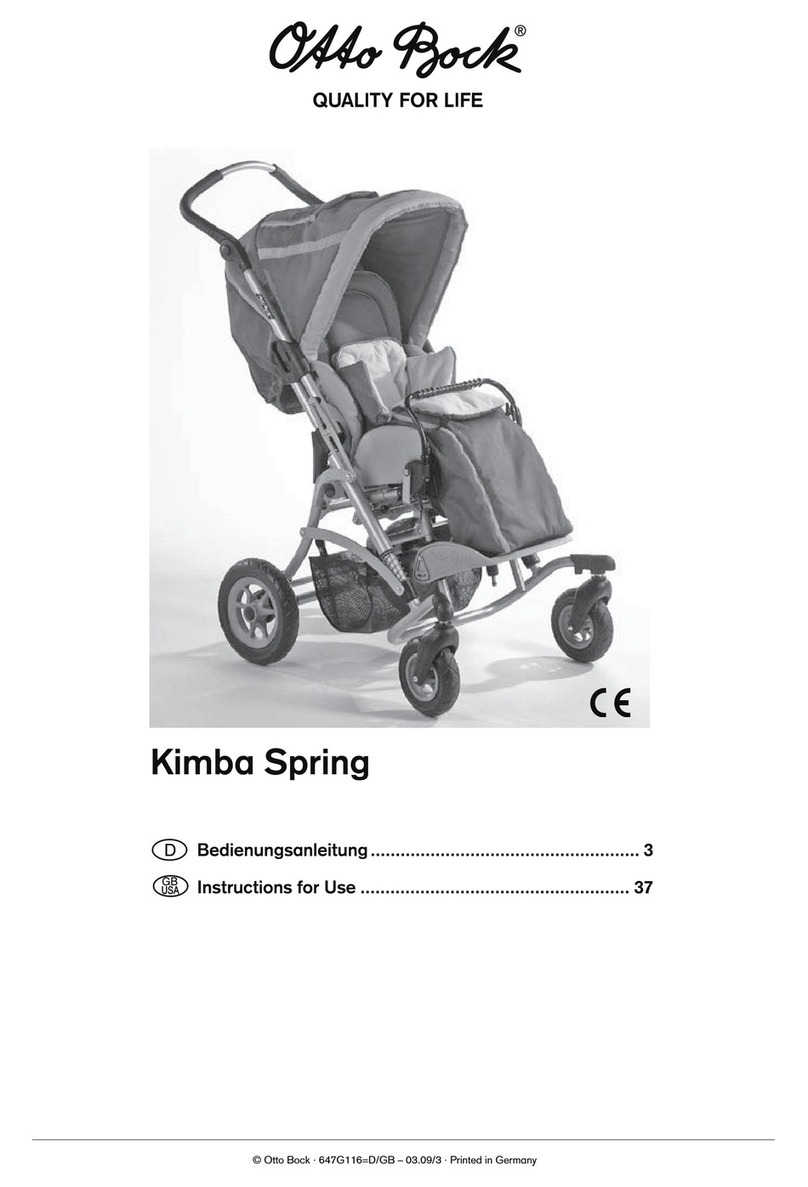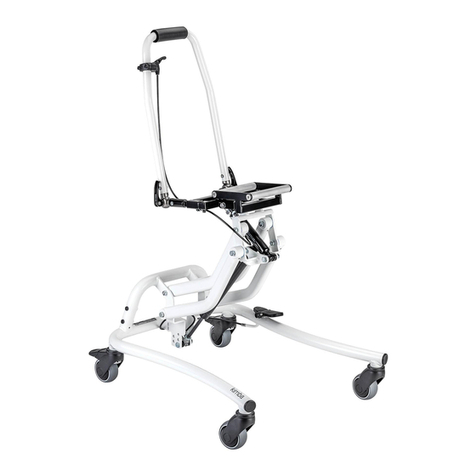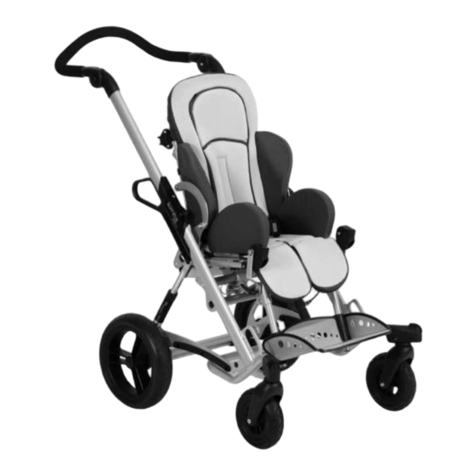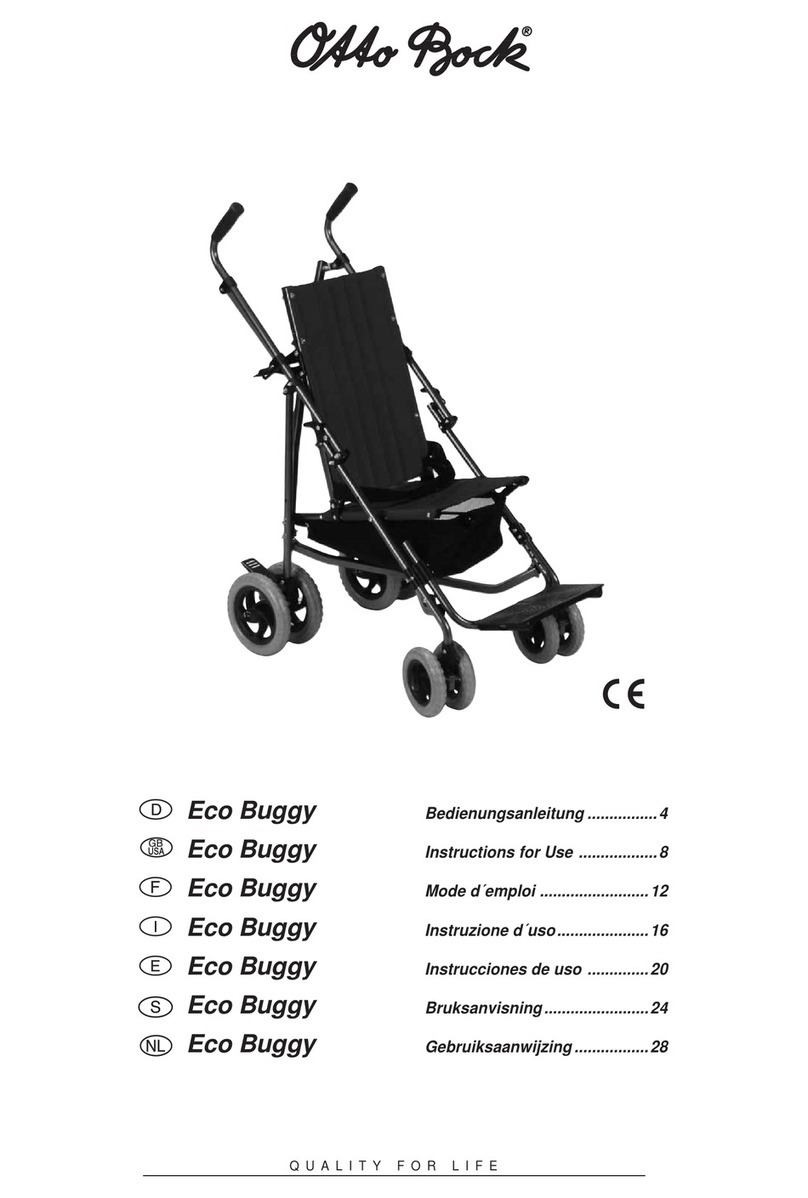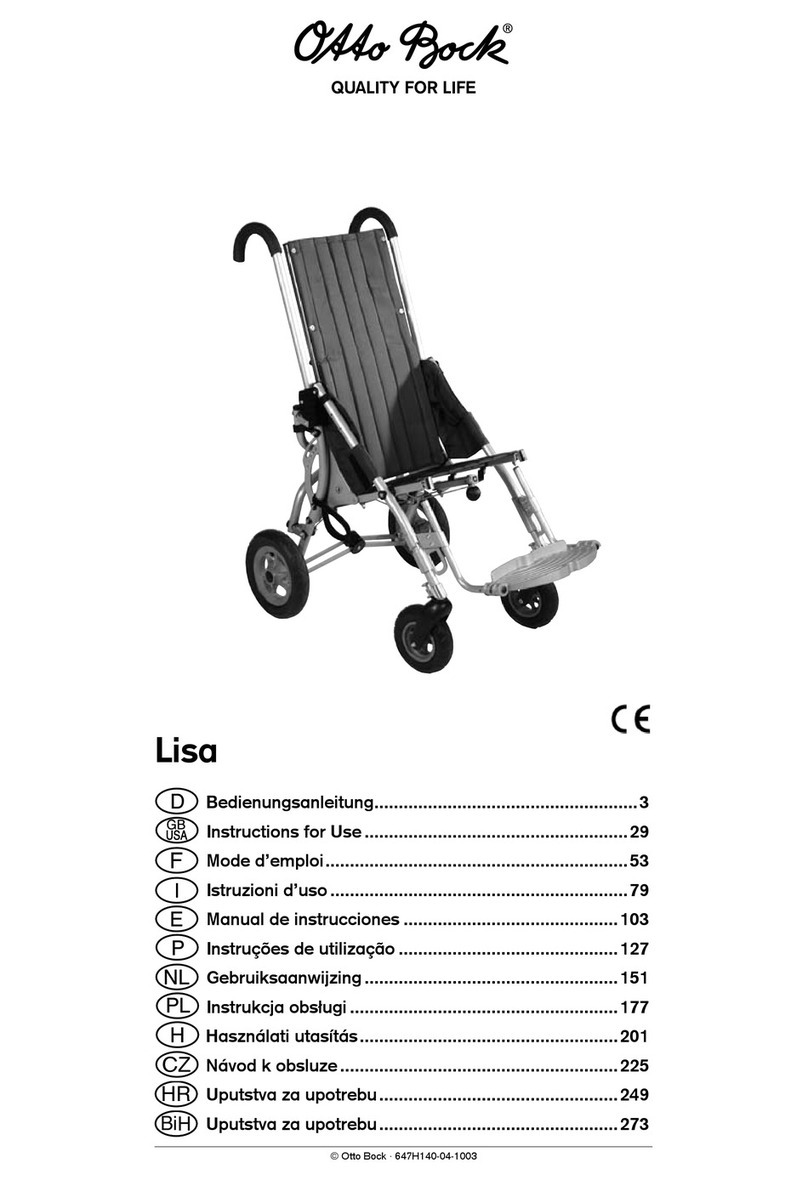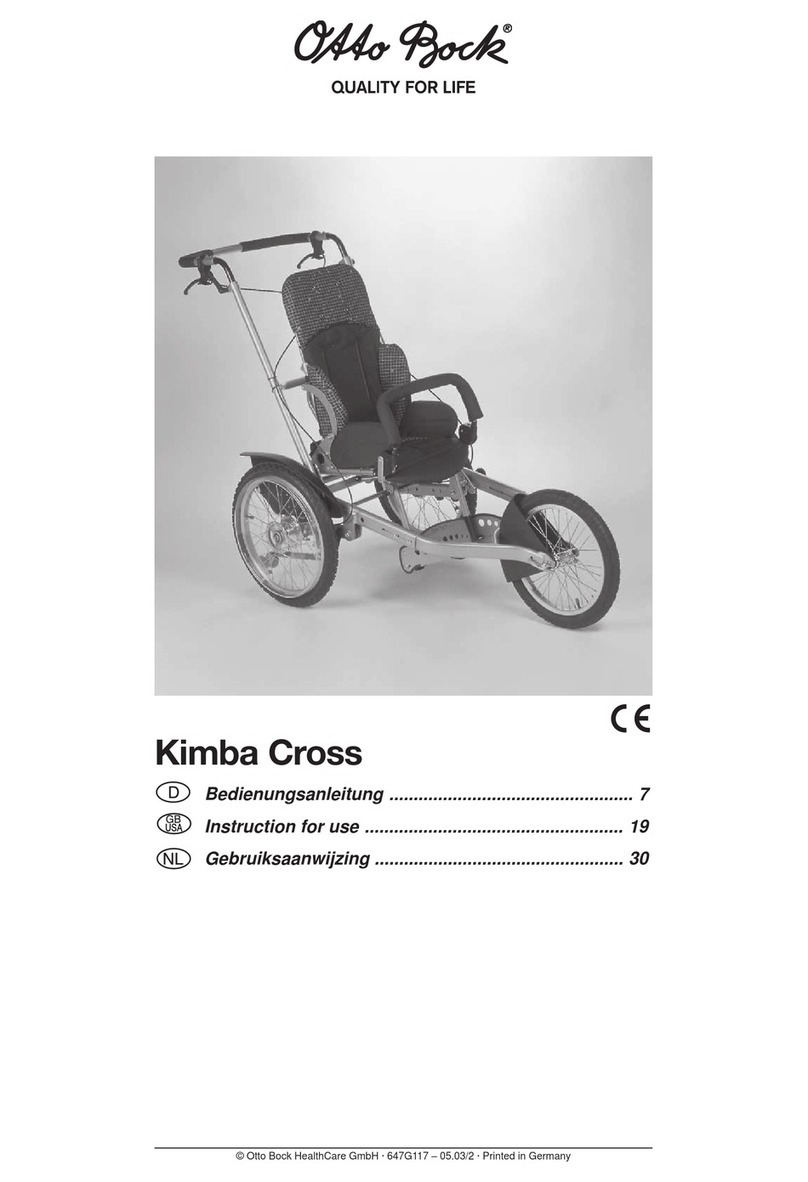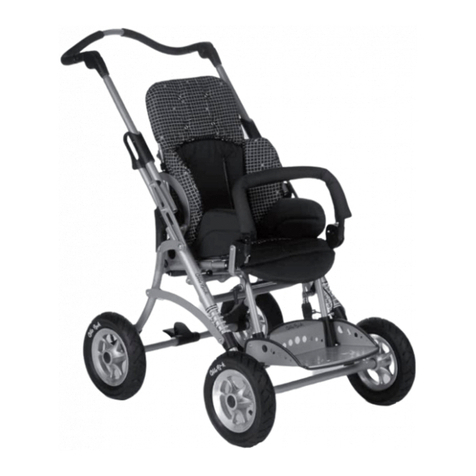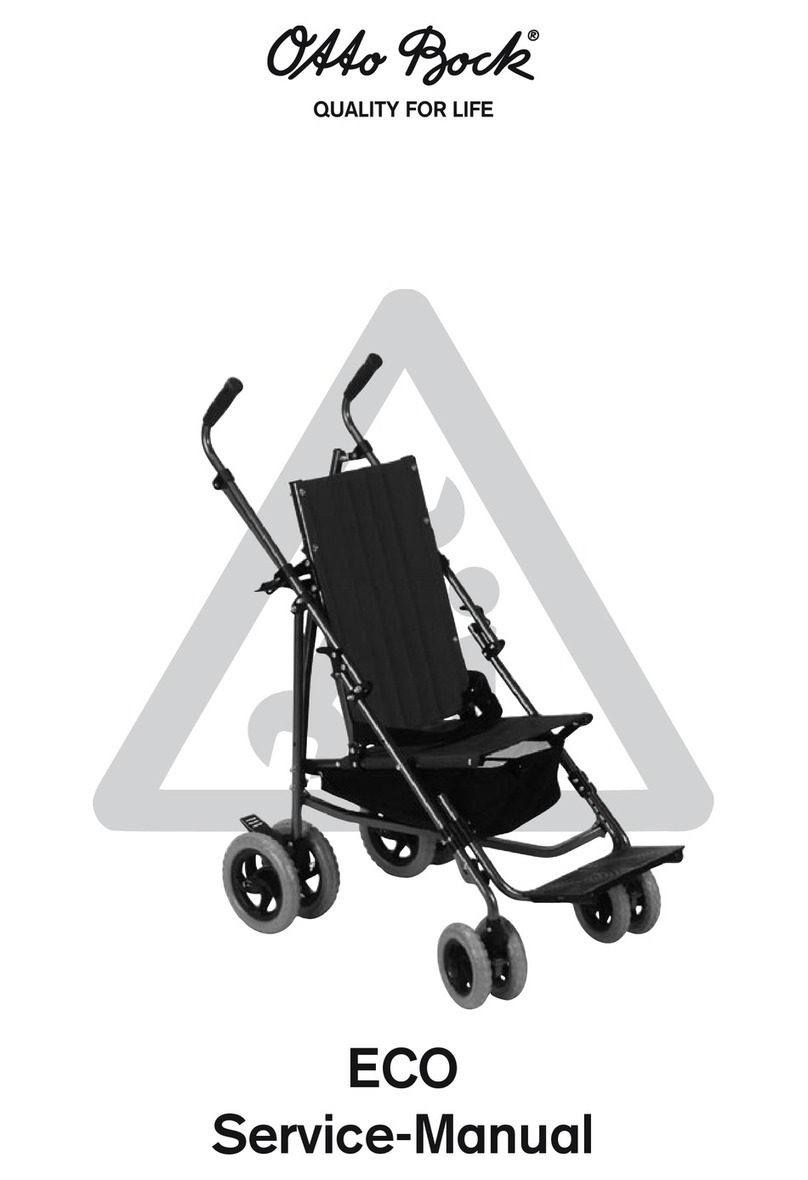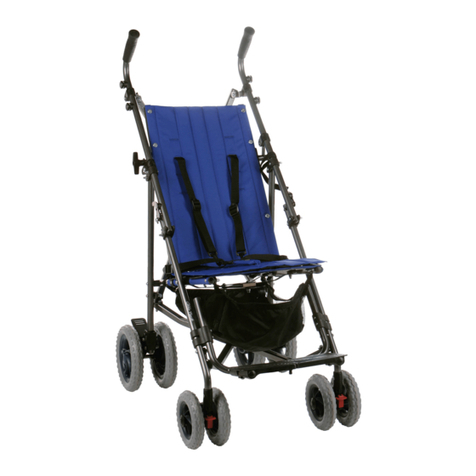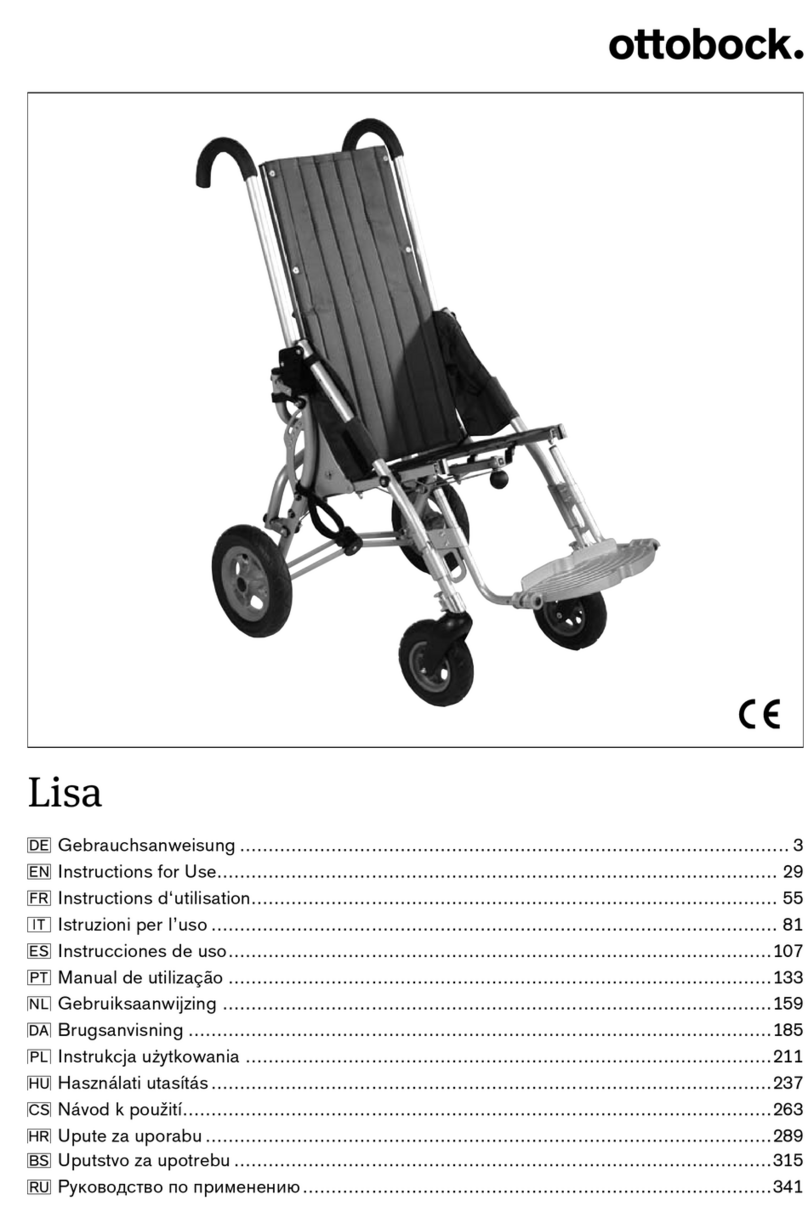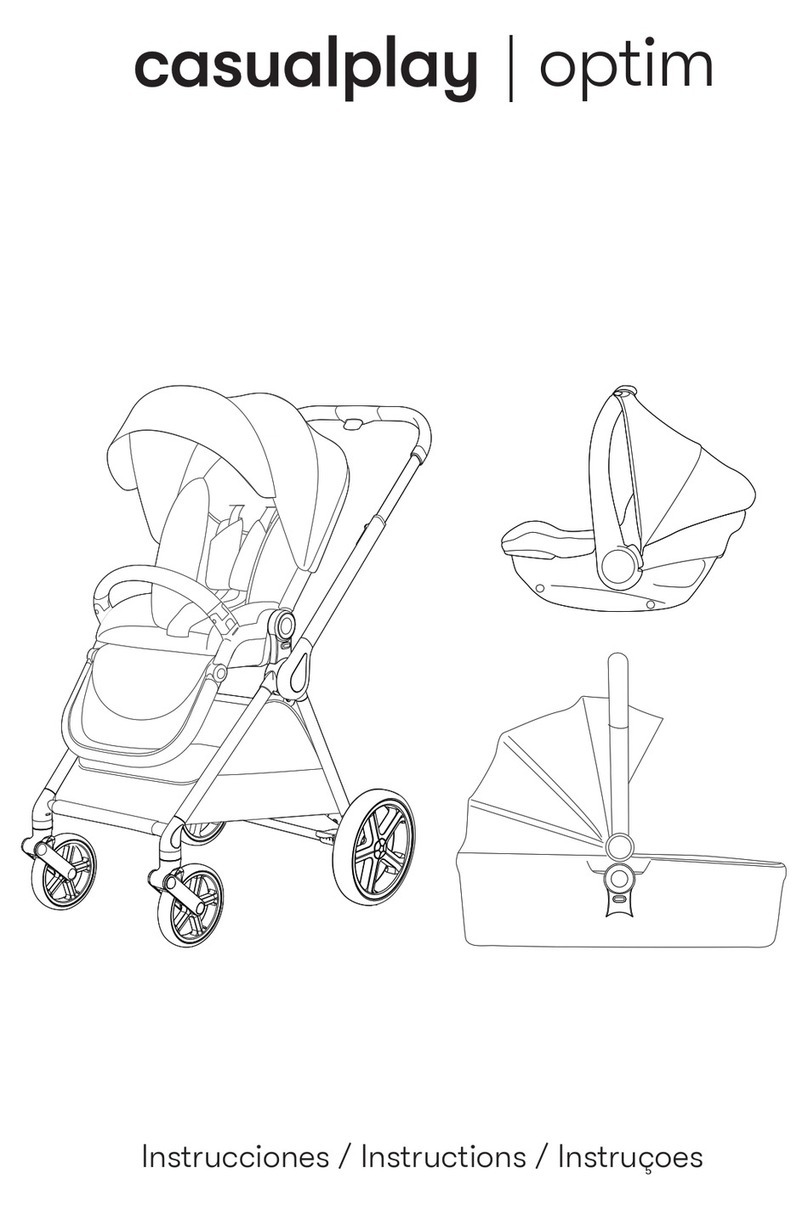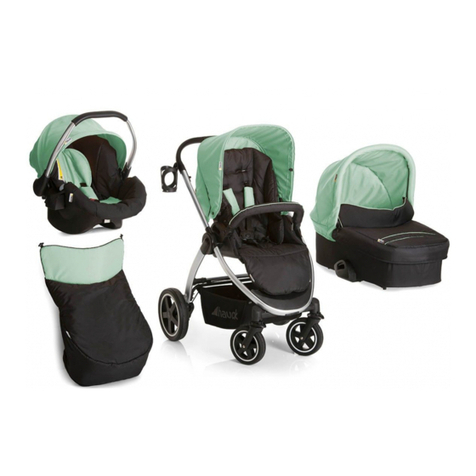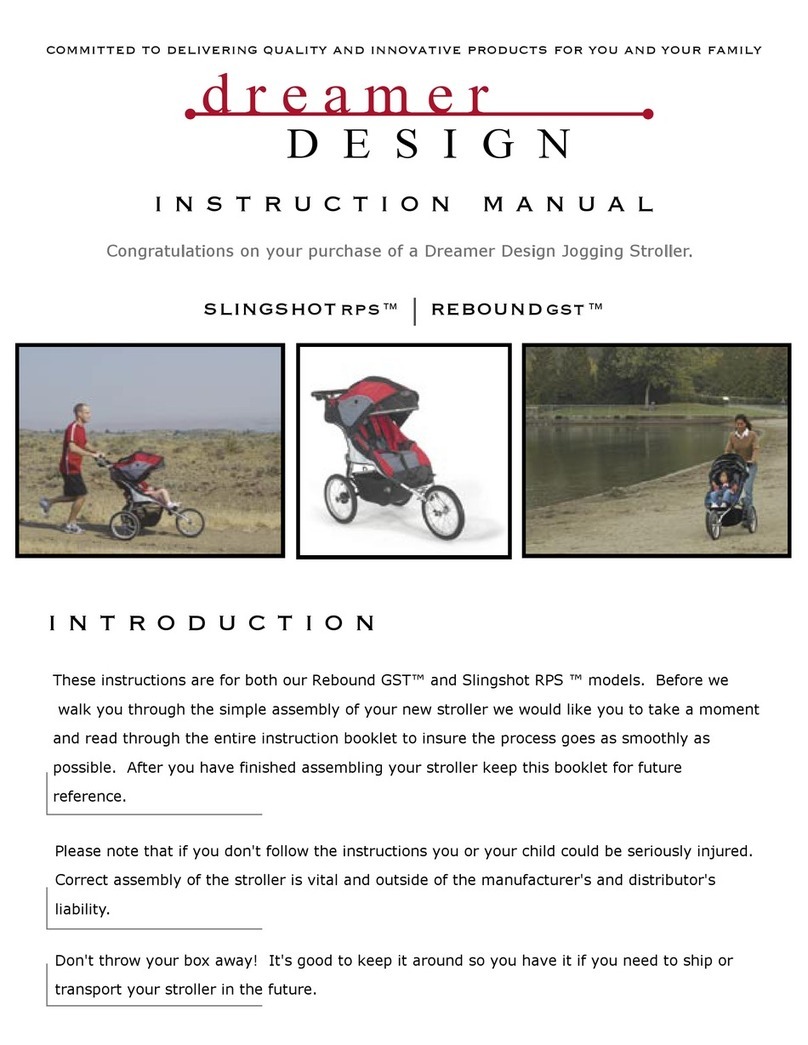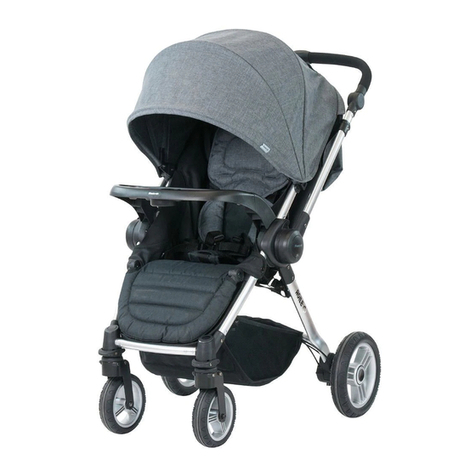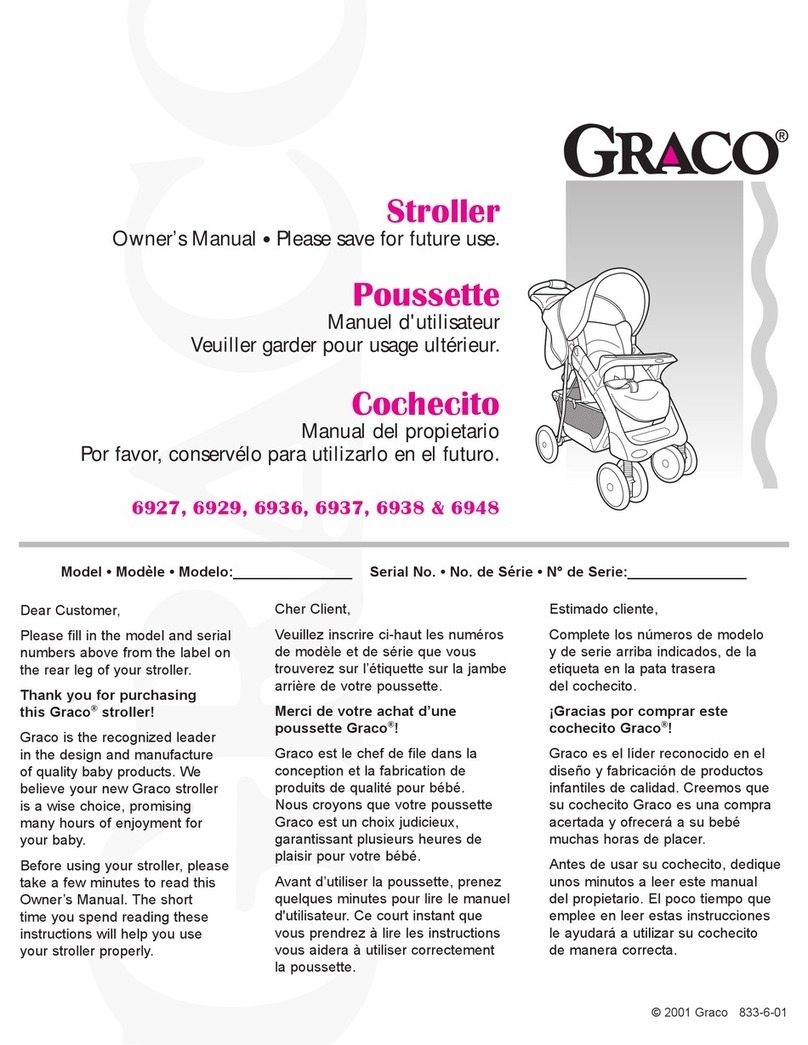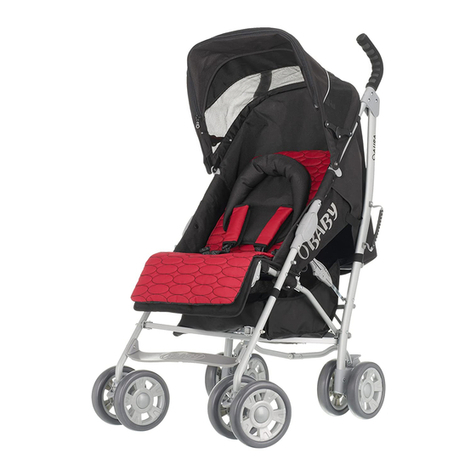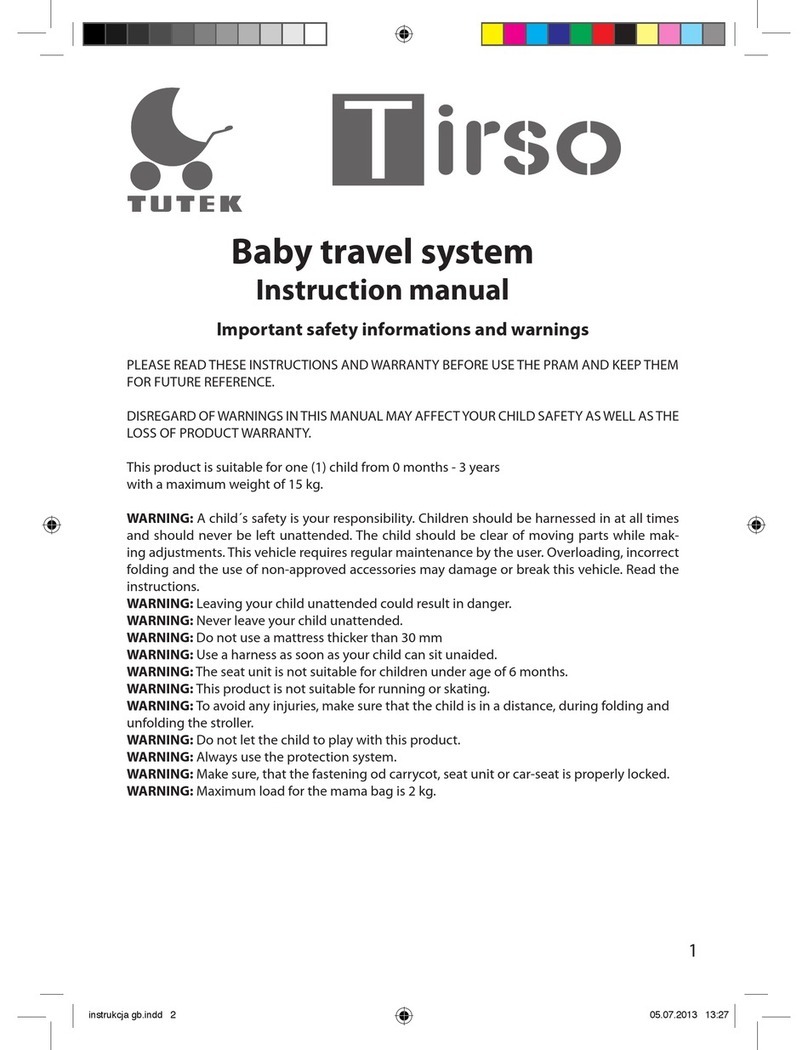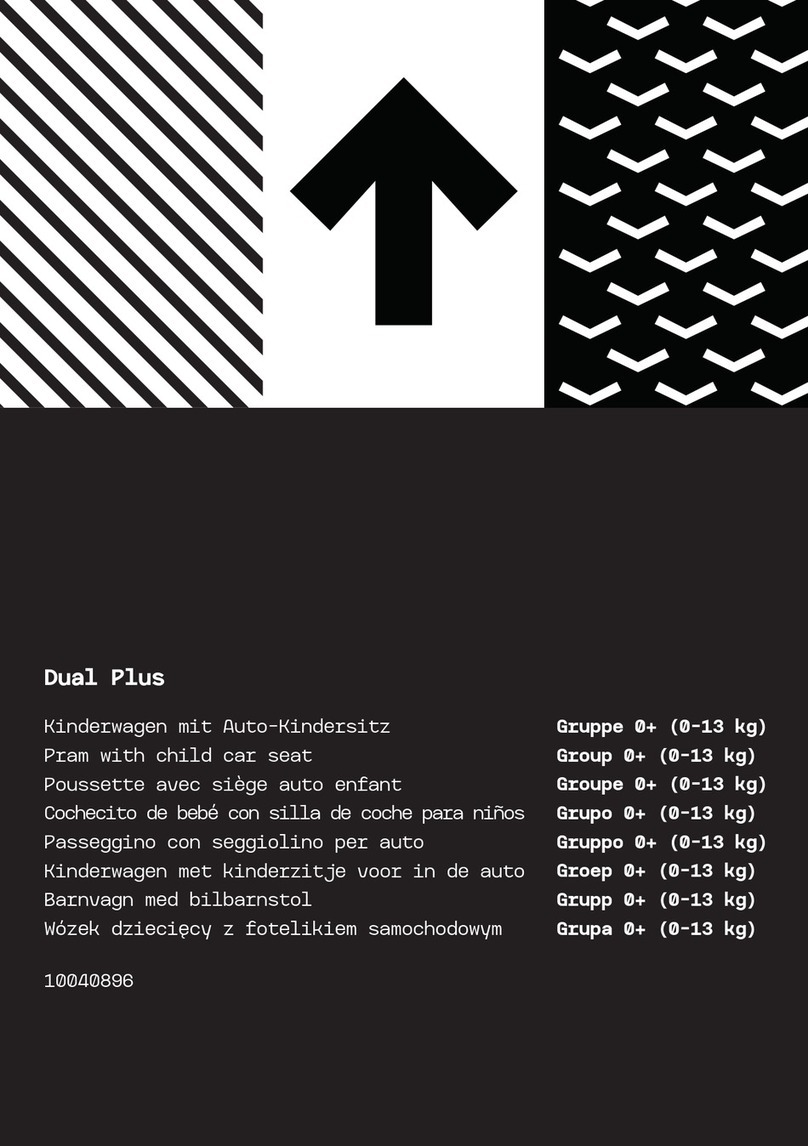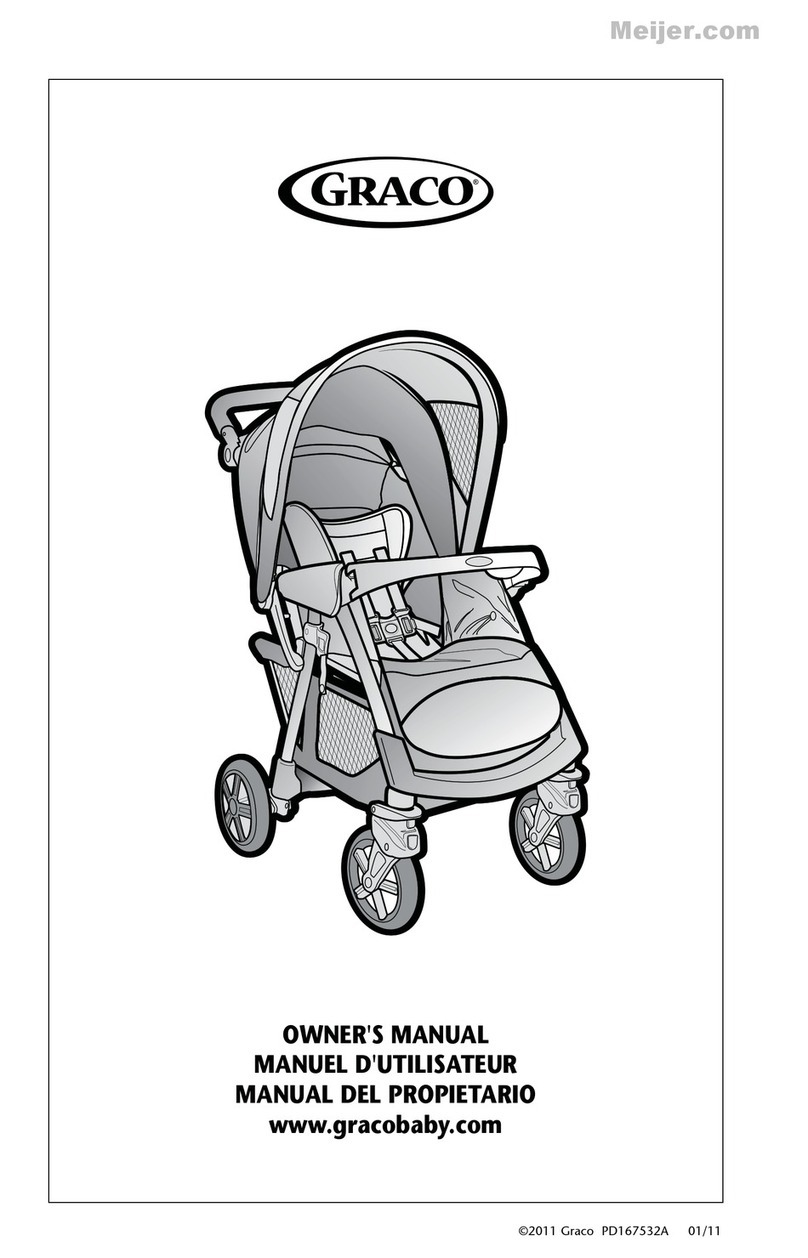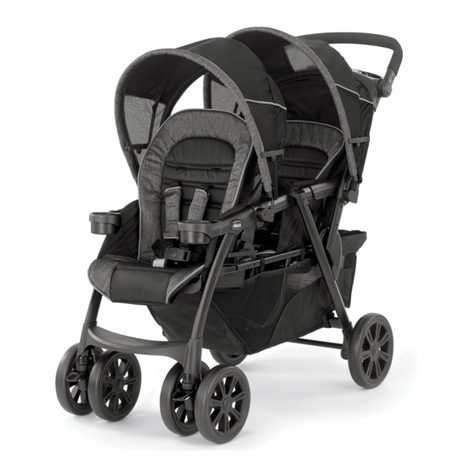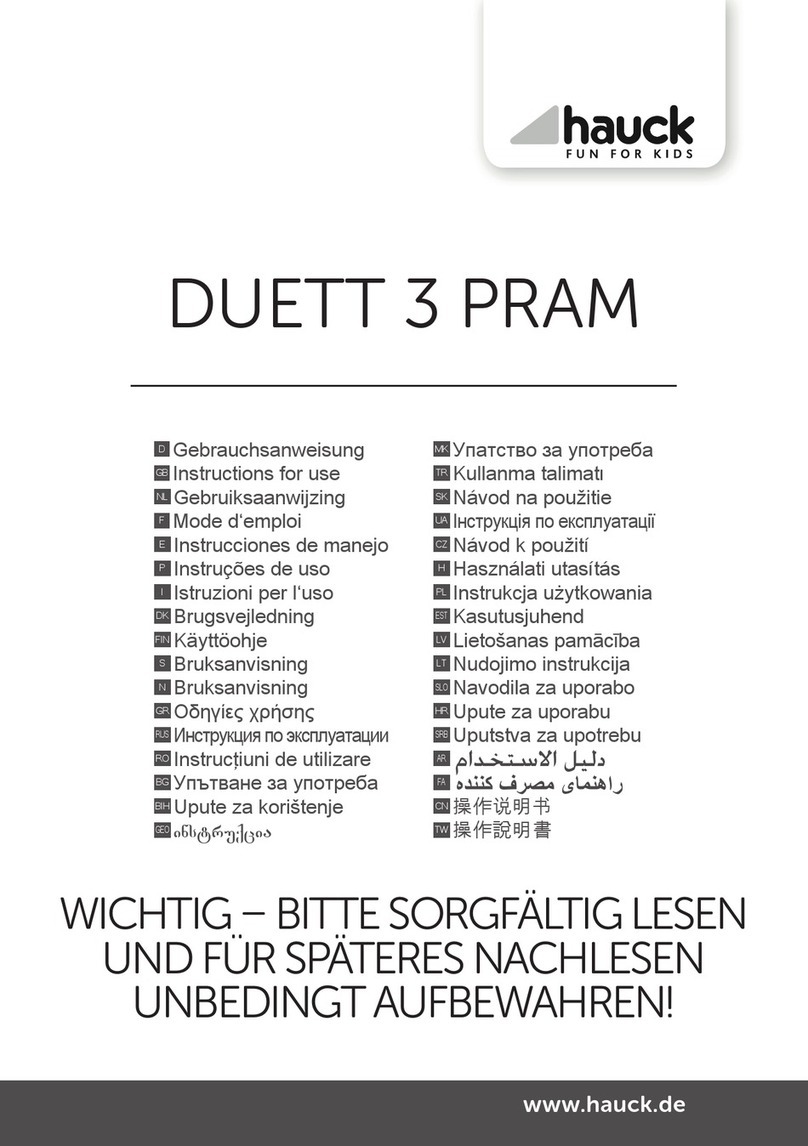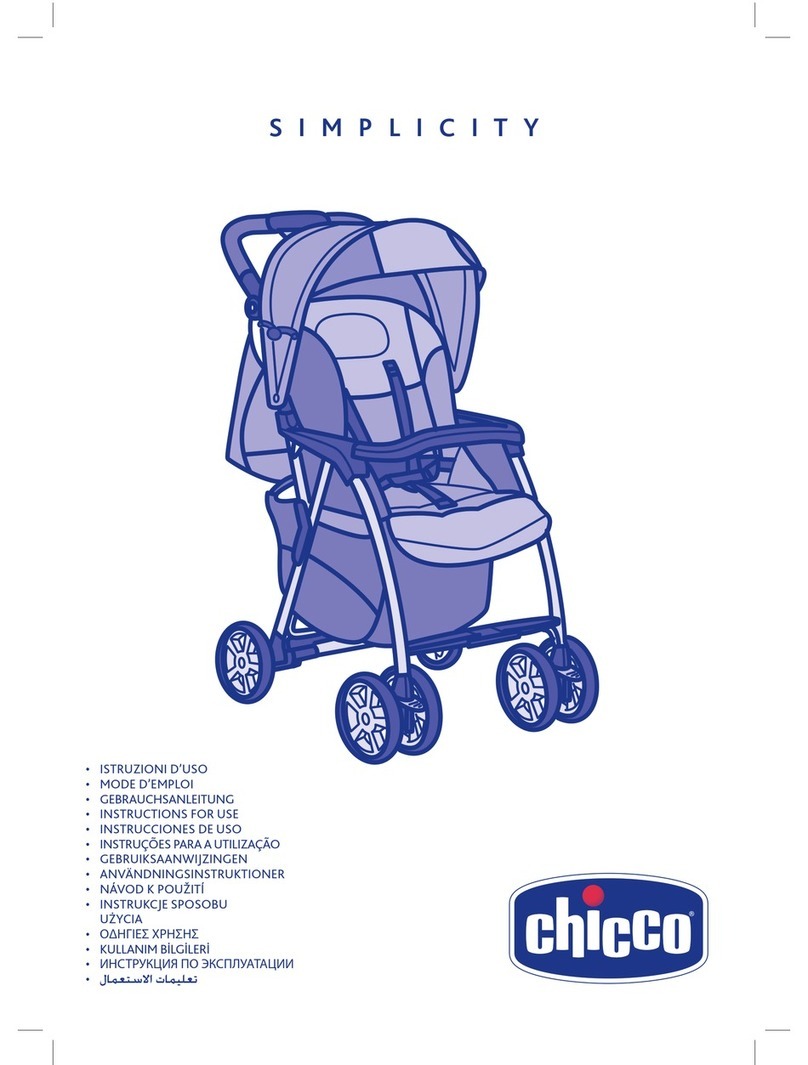Foreword1 5..............................................................................................................................................................
Application2 5...........................................................................................................................................................
Intended Use2.1 5.......................................................................................................................................
Indications2.2 5...........................................................................................................................................
Contraindications2.3 5.................................................................................................................................
Necessary qualifications2.4 5........................................................................................................................
Service life2.5 5...........................................................................................................................................
Safety3 6....................................................................................................................................................................
Explanation of Warning Symbols3.1 6.............................................................................................................
General safety instructions3.2 6.....................................................................................................................
Safety instructions for assembly3.3 6..............................................................................................................
Rating plate and warning labels3.4 7..............................................................................................................
Rating plate3.4.1 7..........................................................................................................................................
Warning Labels3.4.2 7....................................................................................................................................
Delivery4 8.................................................................................................................................................................
Scope of Delivery4.1 8..................................................................................................................................
Options4.2 8...............................................................................................................................................
Storage4.3 8...............................................................................................................................................
Preparation for Use5 8............................................................................................................................................
Assembly5.1 8.............................................................................................................................................
Installing options/accessories5.2 9.................................................................................................................
Headrest supports (multifunctional seating unit)5.2.1 9.......................................................................................
Headrest supports5.2.1.1 9................................................................................................................................
Integrated headrests5.2.1.2 10...........................................................................................................................
Safety belts5.2.2 10........................................................................................................................................
Strap guide5.2.2.1 10........................................................................................................................................
Lap belt5.2.2.2 11.............................................................................................................................................
Four-point belt5.2.2.3 13....................................................................................................................................
Five-point belt5.2.2.4 14.....................................................................................................................................
Positioning aids5.2.3 16..................................................................................................................................
Thoracic supports5.2.3.1 16...............................................................................................................................
Abductor5.2.3.2 16............................................................................................................................................
Chest and shoulder support5.2.3.3 17.................................................................................................................
Fixation vest5.2.3.4 18.......................................................................................................................................
Groin strap5.2.3.5 19.........................................................................................................................................
Pelvic band5.2.3.6 20........................................................................................................................................
Hook & loop foot straps5.2.3.7 20.......................................................................................................................
Armrests5.2.4 20............................................................................................................................................
Tray5.2.5 20...................................................................................................................................................
Canopy adapter5.2.6 20..................................................................................................................................
Rain cover5.2.7 21..........................................................................................................................................
Summer/winter slip sack5.2.8 21......................................................................................................................
Frame padding5.2.9 21...................................................................................................................................
Storage basket5.2.10 21...................................................................................................................................
Adjustments6 22.......................................................................................................................................................
Prerequisites6.1 22......................................................................................................................................
Multifunctional seating unit (standard seat)6.2 22.............................................................................................
Adjusting the Seat Depth6.2.1 23.....................................................................................................................
Adjusting the seat width6.2.2 23.......................................................................................................................
Adjusting the backrest height6.2.3 23...............................................................................................................
Further settings6.2.4 24..................................................................................................................................
Table of contents
Ottobock | 3Kimba neo
Table of contents
